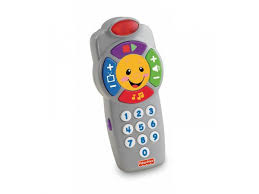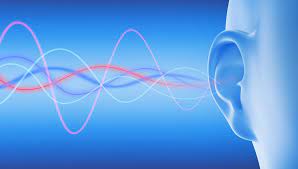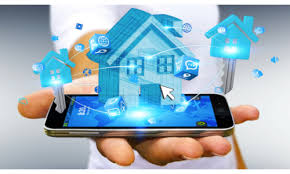Older adults can save tens of thousands of dollars annually by choosing assisted living communities over aging in place in their homes.
Unlike point solutions, Inspiren unifies resident safety, care planning, staffing, and emergency response into a single AI-powered platform.
An artificial intelligence-powered virtual assistant platform for senior living and care providers.
Betting that AI could lighten the clinician load.

 In recent years, TV Remote control devices became more usable – except for Apple’s. Rant on. Starting with the older one (“
In recent years, TV Remote control devices became more usable – except for Apple’s. Rant on. Starting with the older one (“ Yesterday was a big day that should have happened several years ago. Finally.
Yesterday was a big day that should have happened several years ago. Finally.  The Census knows the growth and potential explosion of care needs and older adults. Consider
The Census knows the growth and potential explosion of care needs and older adults. Consider  Some might say that sensor technology for older adults is nothing new. What’s the big deal? Remote monitoring products and services built with sensors have been around for decades.
Some might say that sensor technology for older adults is nothing new. What’s the big deal? Remote monitoring products and services built with sensors have been around for decades.